Power Over Ethernet (PoE) Introduces It’s Own Problems.
To run data and power down a network cable you need to use a PoE injector. Often implemented when you need to power wireless routers throughout a building but don’t want the cost of putting a 13amp socket next to each one as well. At the CDC Weather Station we hit a problem with distance. Running a DC current down a 90 meter cable using a PoE injector will get some voltage to the end, but the drop off due to resistants in the cable is significant. Just like watering the garden; the longer the hose the more the water trickles out at the other end.
Using the voltage drop calculator below we determined we’d need to send 24 volts down the cable to guarantee a decent output at the other end. We were potentially facing a 50% drop in voltage. The Raspberry Pi only needs 5v consistently, no computer likes a varying current. As other factors such as kinks in the cable and change in temperature could play a part we’ve given ourselves some headroom so 24v should get us to around 12v, which in reality is probably going to be more like 7v or 8v.
Voltage Drop Calculator
Result
Voltage drop: 12.13
Voltage drop percentage: 50.54%
Voltage at the end: 11.87
Basic Voltage Drop Law: Vdrop = IR
Home / Other Calculators / Voltage Drop Calculator
Regulating the Voltage
We will need to regulate the voltage supply to the Raspberry Pi so it receives a constant 5v. The solution is available off the shelf, but where’s the fun in that! Under the guidance of the ever fabulous Jon San I set to work on making the regulator. Jon had actually already made one, I blew it up. Oops. I held is efforts in the jaws of my solder station to meter the pins. Stupidly not realising that the crocodile clips shorted the current as it linked together the exposed circuits on the back of the breadboard.
Doh!
Alas the plan failed. Surprisingly there was no voltage drop over the 96 meters of cable. 24v in and 24v out. But that was before I put a load on the supply, then we were down to 1v, which makes no sense. It was probably daft to try and make the voltage regulator as well, they’re readily available on line and inexpensive so I may be purchasing one next week. But actually I’d rather work out what I’ve done wrong and persevere.
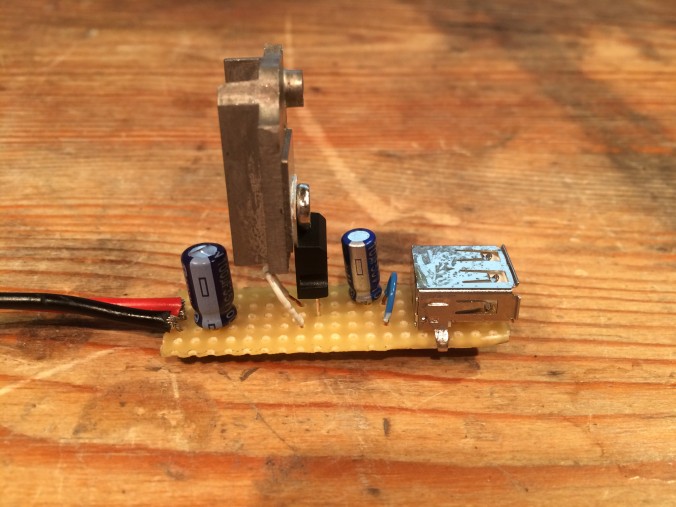
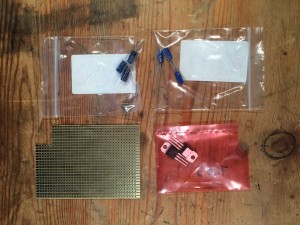
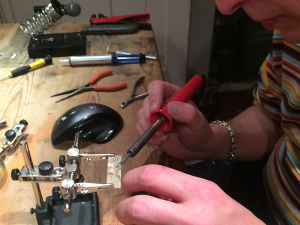
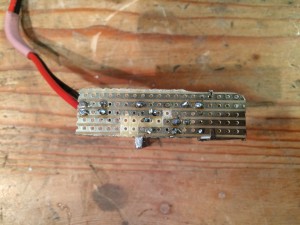
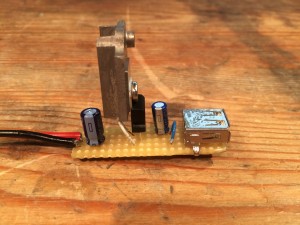

Leave a Reply
You must be logged in to post a comment.